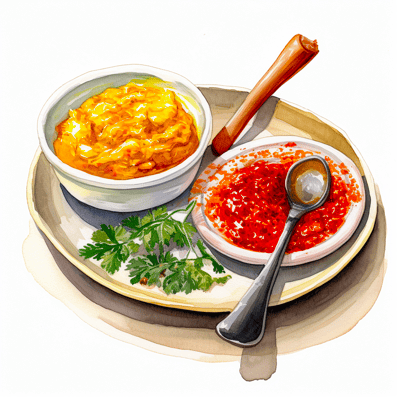
Choosing between red vs yellow curry in Thai cuisine can be a bit of a puzzle if you’re aiming for the trifecta: taste, health and beauty! Don’t worry, I’ll break down the main difference between the two popular types of Thai curry for each outcome so you can make a great choice just for you.
Hi, I’m Hazel
I gave up on skincare after years of issues with acne and sensitive skin.
But after going plant-based, my skin cleared up and even started to glow. Now I help women reveal their natural beauty with simple, delicious plant-based food.
I also used to be a nurse, and love nerding out on nutritional science (high-quality science, that is).

As usual, this post is based on the strongest nutritional evidence I could find with a focus on the simplest, most delicious foods
…because who has time to waste on anything less?
The quick version:
Red curry is known for its bold, spicy flavor derived from red chilies and often includes ingredients like bamboo shoots and Thai basil.
Yellow curry, on the other hand, features a milder, earthy taste with turmeric and cumin, and commonly incorporates softer vegetables like potatoes and carrots.
Curry Paste: The Heart of Thai Cuisine
The Distinctive Taste of Red Curry
Red curry paste is known for its deep, vibrant flavour, characterised by a spicy and slightly sweet profile, thanks to the red chillies and often a touch of palm sugar.
The colour of the curry paste also beautifies the dish (and you).
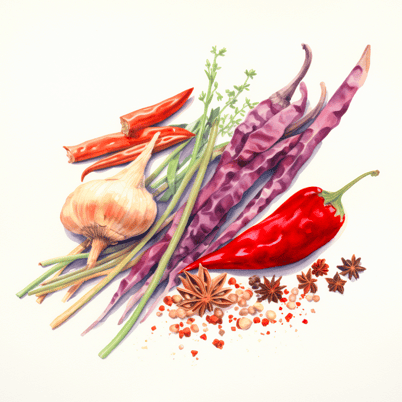
Thai red curry sauce commonly incorporates coconut milk, which softens the heat and adds a creamy texture.
Ingredients like bamboo shoots, bell peppers, and Thai basil are frequent additions, enhancing the curry’s hearty and aromatic nature.
For red curry, stronger, more aromatic vegetables and proteins are ideal. This curry pairs well with robust ingredients like tofu, chicken, or beef, which can stand up to its bold flavours.
The Soothing Savoury of Yellow Curry
In contrast, yellow curry paste offers a milder, more gentle taste that features earthy and warm notes from fresh turmeric, cumin seeds and yellow chillies.
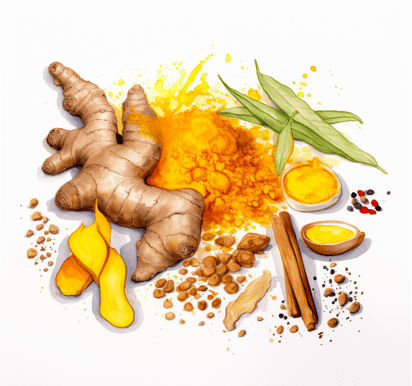
The inclusion of coconut cream gives it a richer, slightly sweeter base. Common additions to a yellow curry dish include potatoes, onions, and carrots, which complement its soothing profile. This curry is often paired with lighter proteins like fish or shrimp, which benefit from its subtle, comforting spices without being overwhelmed.
Yellow curry works beautifully with ingredients that absorb and enhance its mild, nuanced flavours, making every bite a delightful experience.
You may also like:
How To Choose Between Curry vs Turmeric
Similar Yet Distinct
Despite their differences, red and yellow curry share several similar ingredients, such as coconut cream, white peppercorns, and lime leaves, which provide a common ground in flavour.
This similarity allows for versatile kitchen experiments, even blending the kinds of curry pastes to suit your personal preferences or specific dietary needs.
Variety is the Spice of Life
In the realm of Thai food, Thai curry paste forms the backbone of many dishes.
Don’t forget to consider green curry paste and sour curry paste to the more robust massaman curry paste and panang curry paste, each brings its unique blend of spices and flavours to the table.
Health and Beauty Benefits
The Power of Red
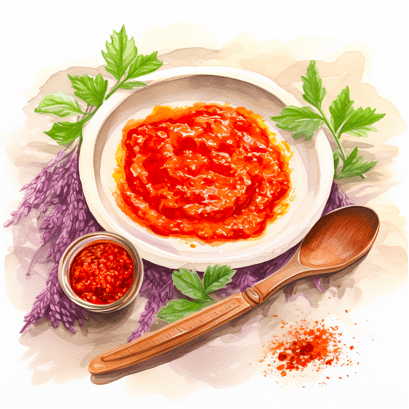
When it comes to Thai red curry sauce, ingredients like Thai basil, shrimp paste, and fish sauce work together to deliver a distinct flavour that’s both bold and beneficial.
The red chillies, not just for heat but also packed with antioxidants, can help improve skin health by fighting free radicals (1).
This makes red curry a brilliant choice for those looking to add a bit of spice to their diet while supporting their skin’s radiance.
Yellow Curry’s Gentle Touch
Yellow curry paste isn’t just about mild taste; it’s a treasure trove of health benefits, thanks to cumin seeds and fresh turmeric.
The latter is renowned for its anti-inflammatory properties, making Thai yellow curry not only a delicious but also a strategic choice for maintaining youthful skin and a robust immune system (2).
Combined with lime juice and fresh herbs, yellow curries offer a nutty flavour that satisfies the palate without overwhelming your taste buds.
You might also like:
What is Ginger Peach Turmeric Tea Good For?
Culinary Uses and Pairing
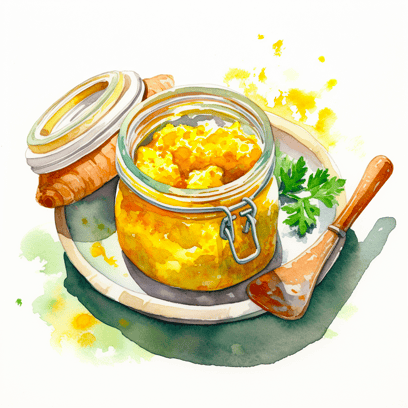
Everyday Thai Dining
Whether you’re dining in Thai restaurants or cooking at home, incorporating red and yellow curry into your meals is straightforward and satisfying.
Both curries serve well over a bed of fragrant jasmine rice, enhancing their rich taste and making for a comforting, hearty meal that aligns with a health-conscious lifestyle.
Creative Curry Recipes
For those who love to experiment, using red curry paste in a fiery stir-fry or yellow curry paste in a soothing soup can transform simple ingredients into exquisite meals.
These dishes not only cater to your health but also bring a piece of Thai cuisine into your kitchen, allowing you to enjoy the flavours of southern Thailand and northern Thailand without leaving your home.
Regional Influences and Variations
Exploring red and yellow curry means delving into the diverse culinary landscapes of Thailand.
In northern Thailand, you might find curries that are milder and include a variety of fresh herbs, reflecting the lush surroundings and cooler climate.
Conversely, southern Thailand often boasts bolder, spicier curries that resonate with the vibrant and intense environment.
Red vs Yellow Curry
Understanding the subtle differences between red vs yellow curry empowers you to tailor your meals not just to your taste preferences but also to your health and beauty goals. Whether you lean towards the robust zest of red curry paste or the milder, health-boosting properties of yellow curry paste, each offers unique benefits that enhance your diet.
References
Most references below will link to the original peer-reviewed study itself. However, sometimes I will link to a video over at NutritionFacts.org instead, which is by far the single best resource of brutally transparent nutritional evidence you will ever see. Dr Greger tells a great story about the realities of the science and if I think you will benefit more from one of his videos, the link will take you there instead.
Happy nerding!
- Carlsen MH, Halvorsen BL, Holte K, et al. The total antioxidant content of more than 3100 foods, beverages, spices, herbs and supplements used worldwide. Nutr J. 2010;9:3. Published 2010 Jan 22. doi:10.1186/1475-2891-9-3
- Shivappa N, Steck SE, Hurley TG, Hussey JR, Hébert JR. Designing and developing a literature-derived, population-based dietary inflammatory index. Public Health Nutr. 2014;17(8):1689-1696. doi:10.1017/S1368980013002115